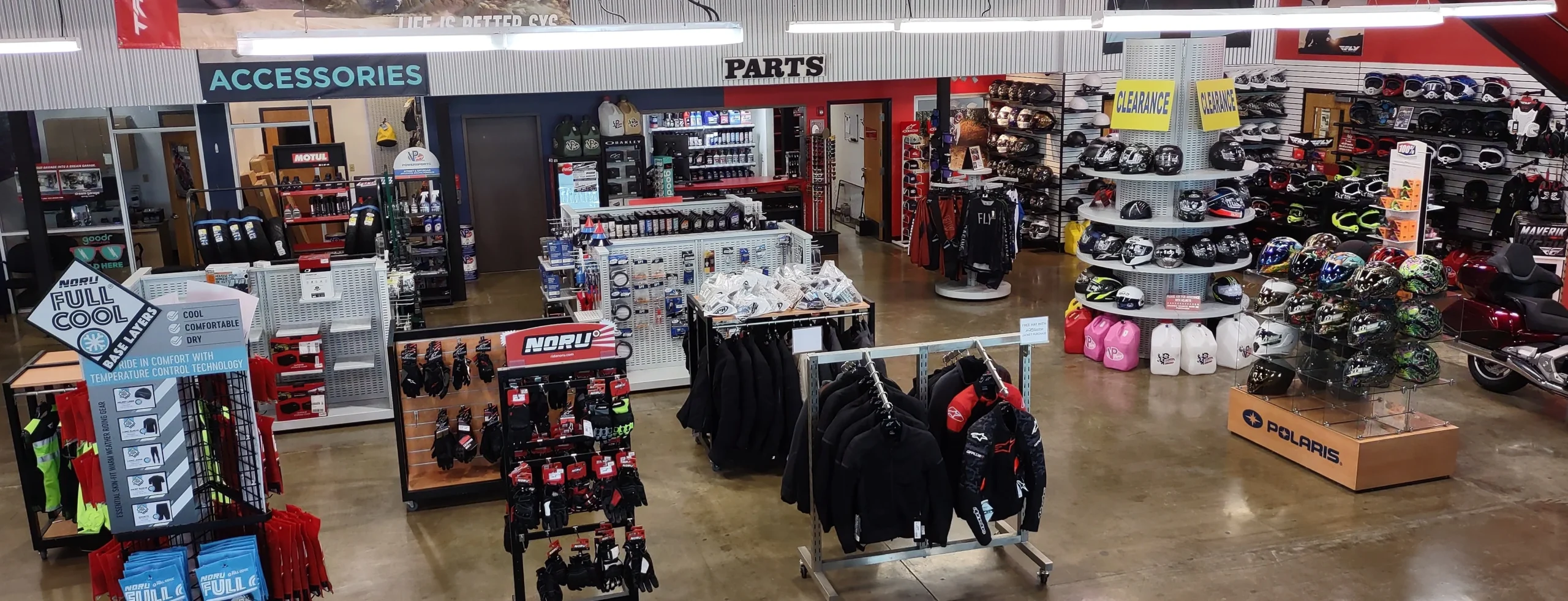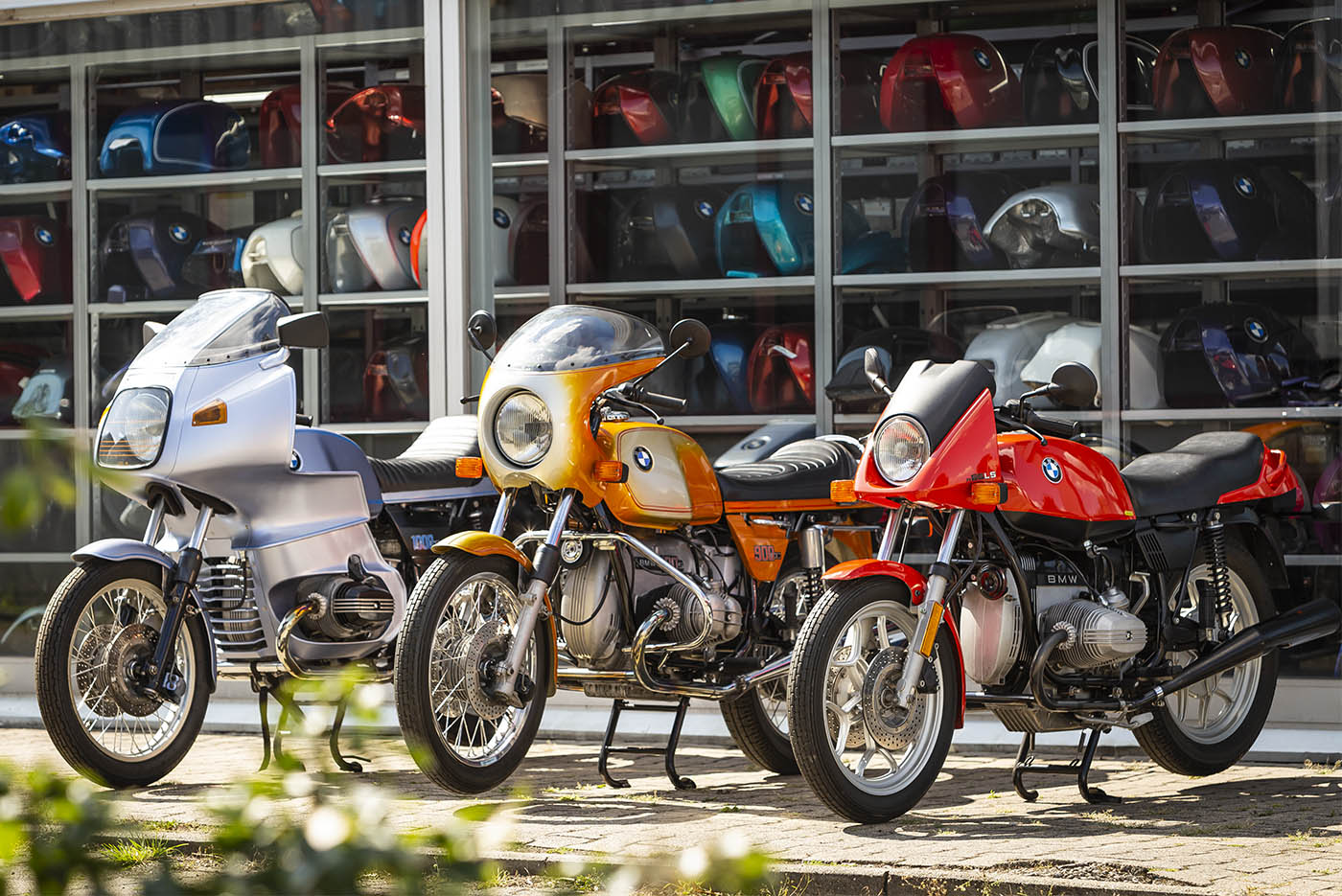Must-Have Motocross Gear: Raise Your Riding Experience Today
Must-Have Motocross Gear: Raise Your Riding Experience Today
Blog Article
Recognizing the Vital Parts of a Motorbike: A Comprehensive Guide for Fanatics
For motorbike fanatics wanting to boost their riding experience and guarantee their bikes run efficiently, comprehending the important elements of a motorcycle is vital. Each component, from the engine's detailed functions to the essential duty of the braking systems, not just affects efficiency yet also safety and security and convenience. This overview will certainly go through the basic parts that every cyclist must know with, allowing informed choices in both maintenance and possible upgrades. As we start this expedition, one must ask: exactly how does each part interact to produce the seamless experience every fanatic looks for?
Engine Elements

The camshaft plays a crucial role in managing the timing of the engine's shutoffs, ensuring the precise opening and closing needed for effective fuel and air consumption, along with exhaust expulsion. This timing is vital to maintaining ideal engine efficiency and efficiency. Additionally, the carburetor or fuel injection system, relying on the motorbike version, is accountable for blending air with gas in the right proportion for burning.
The air conditioning system, either air or liquid-based, works to preserve the engine's temperature level within functional limits, protecting against overheating and making sure durability - motox parts nz. Each component, thoroughly designed and integrated, adds to the smooth operation of the engine, defining the motorbike's power outcome and overall efficiency
Transmission System
Indispensable to the bike's performance, the transmission system makes certain effective power transfer from the engine to the wheels. This system makes up a number of important components, consisting of the clutch, gearbox, and last drive, each playing an important function in converting the engine's power right into movement. The clutch, usually operated by a hand bar, serves to engage and disengage the engine from the transmission, enabling smooth equipment modifications and regulated acceleration.
The transmission, frequently referred to as the transmission correct, includes a set of gears that bikers can manually move via to readjust the bike's speed and torque output. These equipments are prepared in a series that allows the motorbike to increase efficiently and maintain optimum engine performance across different rates. The majority of motorbikes use a consecutive transmission, requiring the motorcyclist to move gears in a predetermined order.
Braking Devices
While comprehending the transmission system is essential to harnessing a motorbike's power, just as crucial is the ability to regulate and quit that power properly, which is where braking systems enter play. Brakes are essential for safety and security and performance, giving the rider with the needed control to browse different surfaces and problems. Usually, bikes feature 2 sorts of braking systems: disc brakes and drum brakes.
Disc brakes are extra prevalent in modern-day bikes due to their superior performance. They include a brake disc, caliper, and pads. When turned on, the caliper presses the brake pads versus the spinning disc, transforming kinetic energy into warmth, thus slowing the wheel. This system supplies much better warmth dissipation, constant performance, and enhanced stopping power, specifically in wet problems.
On the mens riding gear other hand, drum brakes, though less usual, are still found in some motorbikes. They function by pushing brake shoes versus the inner surface area of a drum connected to the wheel. While usually less efficient in warm dissipation and stopping power, drum brakes are less complex and much more economical.
Understanding these braking systems' subtleties permits motorcyclists to keep their bikes effectively and appreciate the design that ensures effective and risk-free quiting.
Suspension and Guiding
Suspension and guiding systems are important components that substantially affect a bike's handling and experience convenience. The shock absorber, containing forks at the front and shock absorbers at the back, takes in road irregularities, boosting security and control. Front forks, inverted or usually telescopic, compress and rebound to minimize impacts, while rear shock absorbers preserve tire call with the roadway, essential for grip and safety and security.
Steering, centered around the handlebars, connects the motorcyclist to the bike's directional control. The guiding head bearings ensure smooth operation, allowing precise maneuverability. Correct placement and upkeep of these bearings are vital for predictable guiding reaction and reducing rider tiredness.
The suspension's adjustability is another critical aspect; preload, damping, and rebound setups permit modification to match different riding styles and conditions. This versatility is necessary for maximizing performance, whether navigating urban roads or taking on tough trails. Technologies like digital suspension systems supply real-time adjustments, improving adventure quality throughout diverse surfaces.

Electrical Equipments
After making certain a smooth and regulated experience through effective suspension and guiding systems, focus transforms to the electric systems, a crucial aspect of contemporary motorbikes. These systems play an important role not just in starting the engine but likewise in powering different elements that boost the capability and safety of the bike.
At the heart of a bike's electrical system is the battery, which stores electric power required for starting the engine and powering complementary systems - mx gear nz. The alternator or generator, paired with the rectifier-regulator, ensures the battery remains billed while the bike is in operation, transforming power right into electric power and maintaining voltage degrees
The ignition system, one more crucial component, is in charge of firing up the air-fuel combination in the engine's cyndrical tubes. use this link Modern motorbikes usually make use of a digital ignition system, offering greater performance and dependability compared to conventional systems.
Illumination systems, including fronts lights, tail lights, and signs, are additionally essential, making sure presence and safety for the biker. Extra electronic parts such as sensing units, control devices, and displays add to sophisticated features like gas shot administration, anti-lock braking systems (ABDOMINAL MUSCLE), and electronic dashboards, further enhancing the riding experience.
Final Thought
A complete comprehension of a motorcycle's essential elements, including the engine, transmission system, stopping mechanisms, suspension, steering, and electrical systems, is crucial for enthusiasts intending to maximize performance, safety and security, and convenience. Proficiency of these components permits informed choices regarding maintenance and upgrades, inevitably boosting the riding experience. By integrating this expertise, motorcyclists can ensure their motorbikes operate at peak performance and reliability, thus making best use of both satisfaction and long life of their lorries.
For bike enthusiasts looking great site to boost their riding experience and guarantee their bikes run smoothly, comprehending the important elements of a bike is critical.Important to the motorbike's capability, the transmission system ensures efficient power transfer from the engine to the wheels.While understanding the transmission system is key to taking advantage of a motorcycle's power, just as crucial is the capability to regulate and stop that power properly, which is where stopping devices come into play. Commonly, bikes include 2 kinds of braking systems: disc brakes and drum brakes.
A complete understanding of a motorcycle's necessary components, including the engine, transmission system, braking mechanisms, suspension, steering, and electric systems, is essential for fanatics aiming to maximize safety, comfort, and efficiency.
Report this page